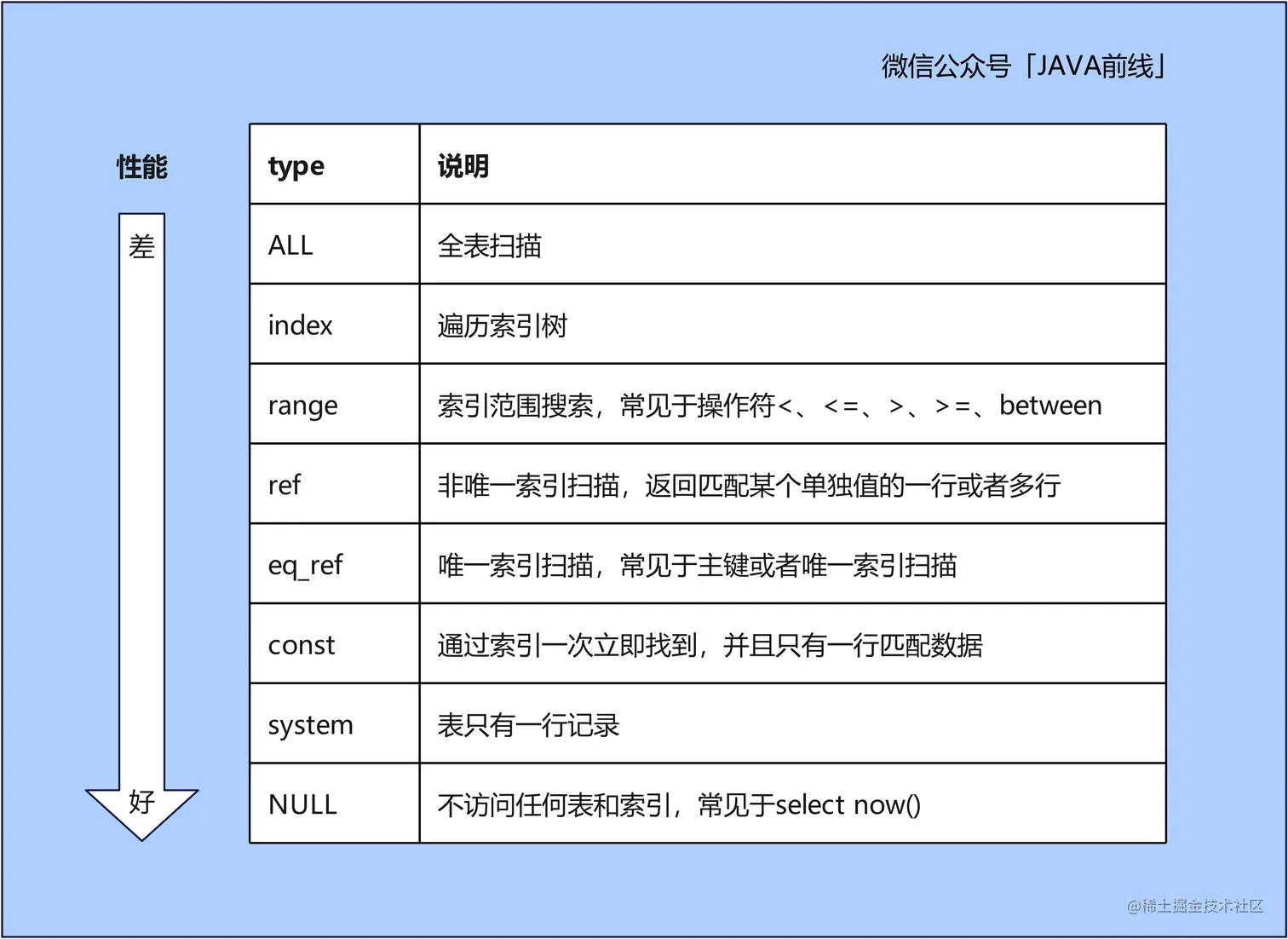文章摘要
这篇文章介绍了如何使用VBA脚本和Win32接口进行网络测试,具体是通过ping测试来验证目标网站的响应情况。代码部分展示了如何从winmgmts接口获取目标计算机的ping响应信息,并循环处理每个响应,显示响应地址、响应名称、字节数和响应时间等详细信息。文章的核心内容是提供了一个自动化网络测试工具的示例,用于测试目标网站的网络性能和可用性。
‘url=”www.baidu.com”
url=”119.75.217.109″
strComputer=”.”
Set objWMIService=GetObject(“winmgmts:{impersonationLevel=impersonate}!\” & strComputer & “\root\cimv2”)
Set colPings=objWMIService.ExecQuery (“Select * From Win32_PingStatus where Address='” & url & “‘”)
For Each objPing in colPings
MsgBox url & ” responded to ping.” & vbcrlf &_
“Responding Address: ” & objPing.ProtocolAddress & vbcrlf &_
“Responding Name: ” & objPing.ProtocolAddressResolved & vbcrlf &_
“Bytes Sent: ” & objPing.BufferSize & vbcrlf &_
“Time: ” & objPing.ResponseTime & ” ms”
Next
‘url=”www.baidu.com”
url=”119.75.217.109″
strComputer=”.”
Set objWMIService=GetObject(“winmgmts:{impersonationLevel=impersonate}!\” & strComputer & “\root\cimv2”)
Set colPings=objWMIService.ExecQuery (“Select * From Win32_PingStatus where Address='” & url & “‘”)
For Each objPing in colPings
MsgBox url & ” responded to ping.” & vbcrlf &_
“Responding Address: ” & objPing.ProtocolAddress & vbcrlf &_
“Responding Name: ” & objPing.ProtocolAddressResolved & vbcrlf &_
“Bytes Sent: ” & objPing.BufferSize & vbcrlf &_
“Time: ” & objPing.ResponseTime & ” ms”
Next
© 版权声明
文章版权归作者所有,未经允许请勿转载。



